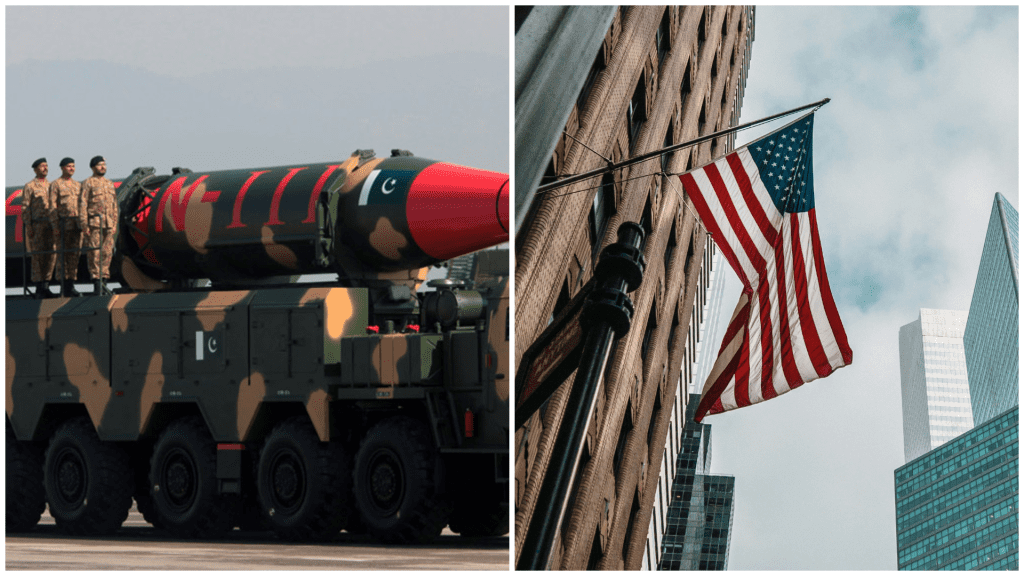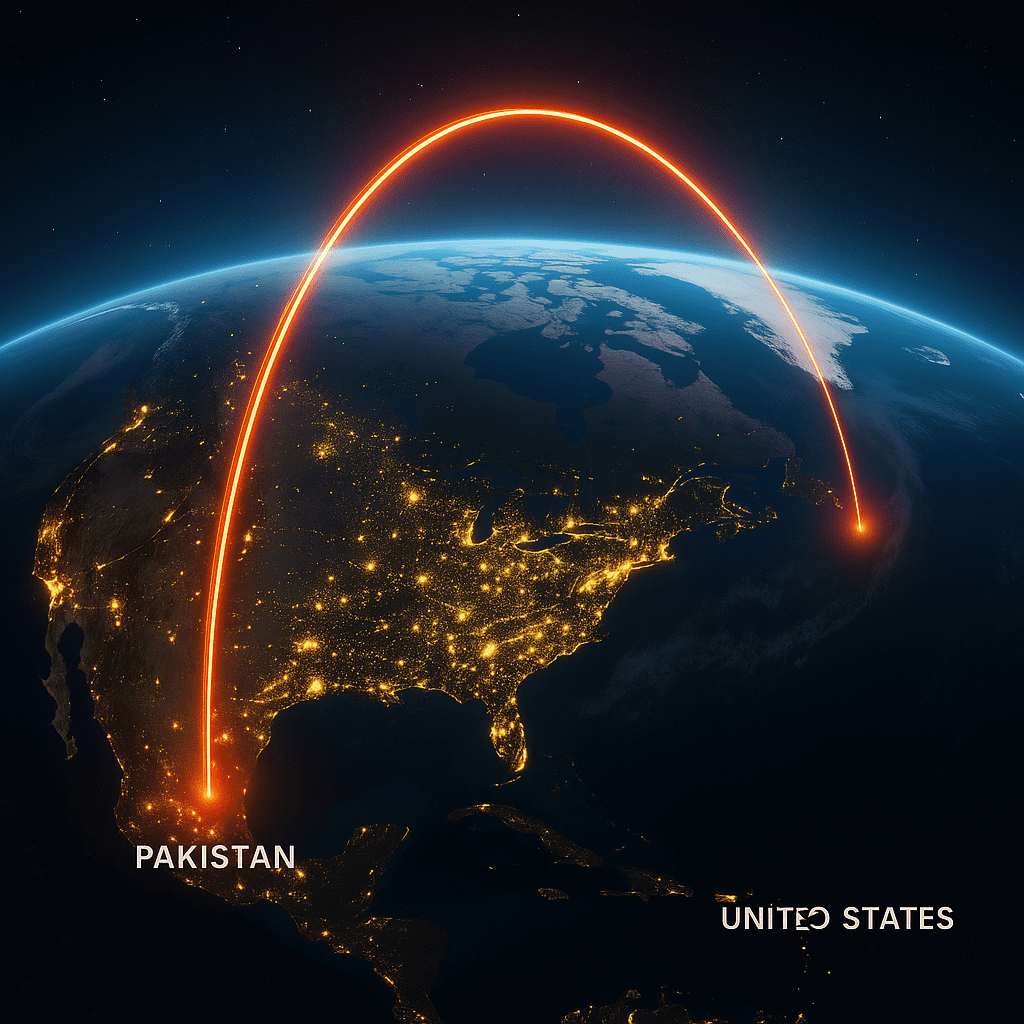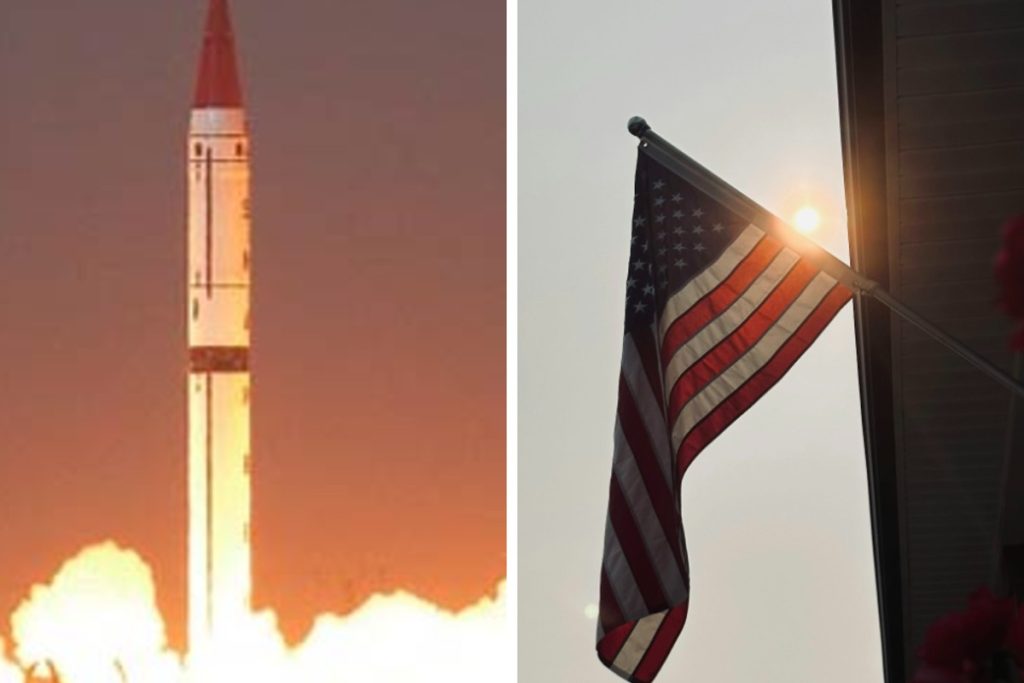U.S. Intelligence Believes Pakistan Is Building a Nuclear-Ready ICBM Capable of Hitting the American Mainland

It’s not often a quiet shift in military strategy sets off global alarms, but that’s exactly what just happened. According to reports emerging from top U.S. intelligence circles, Pakistan may now be developing an intercontinental ballistic missile (ICBM) with nuclear capabilities—and it could reach the continental United States. That single possibility has turned the global conversation on its head, catching Washington off guard and putting Pakistan into the global spotlight like never before.
For years, Pakistan’s nuclear posture has followed a predictable path. Its arsenal and missile systems were widely understood to be focused on deterrence within South Asia—specifically aimed at rival India. Their longest-range missile under public development until recently was the Shaheen-III, with an approximate range of 2,750 kilometers—enough to reach all of India but nowhere close to the U.S. homeland. But now, that assumption is being shaken.
According to credible reporting and assessments from intelligence sources, Pakistan has been quietly expanding its missile research infrastructure and may be conducting classified long-range missile development programs. The concern in Washington is not only that an ICBM may be in the works, but that it could be nuclear-armed and targeted beyond South Asia. That changes everything. A country that the U.S. has often treated as a complex partner—sometimes helpful, sometimes problematic—would now have the potential capability to directly strike American soil. The implications are massive.

This isn’t just another missile test buried in back-page news. This is about a potential entrance into the ultra-exclusive club of nations with ICBM capabilities—currently including the United States, Russia, China, France, the UK, North Korea, and possibly now Pakistan. That club isn’t defined by a political alliance. It’s defined by raw power. And power at this level comes with a cost: attention, suspicion, and pressure.
The United States is watching closely, and not with casual curiosity. Multiple agencies are reevaluating Pakistan’s global status in light of this new development. The phrase that’s quietly being circulated among analysts is “strategic shift.” That means Pakistan may no longer be viewed as just a regional power with regional interests—it could now be seen as a rising global nuclear player. That’s a serious adjustment in how the U.S. deals with the country politically, militarily, and economically.
The timing of all this is also worth noting. Pakistan has been under intense internal pressure for the past few years. Economic instability, political chaos, rising inflation, and a deepening crisis of governance have tested the country’s resilience. Developing a nuclear-capable ICBM would require immense resources—scientific, technical, and financial. So the question being asked is, why now?
Some analysts believe this is a move to solidify international standing—to remind the world, and particularly adversaries, that Pakistan is still a player to be taken seriously. Others say it’s a reaction to increasing instability in South Asia, including India’s expanding defense ties with the U.S., and growing Chinese influence in the region. And of course, there’s always the unspoken deterrent logic: if you can reach your enemies’ homelands, they think twice before cornering you.
That said, this isn’t a movie script. This is real-world geopolitics. And things don’t always follow predictable paths. Pakistan’s government hasn’t publicly confirmed the ICBM program. There’s been no official announcement, no military parade showing off new missile designs. In fact, it’s the opposite—everything has been kept low-key. But intelligence tracking tells a different story. Satellite data reportedly shows new facilities and possible long-range test infrastructure. Transport activity to high-security military zones has increased. And scientists associated with past nuclear projects have allegedly returned to classified research posts. It all points in one direction.
For the U.S., this is tricky. Washington doesn’t want to start an open confrontation with a nuclear country that still plays a critical role in managing Afghanistan spillover, counterterrorism intelligence, and China balancing. But ignoring this kind of development isn’t an option either. That’s why quiet conversations are already underway behind closed doors—both in Washington and in diplomatic circles across Europe and Asia.
So what happens now? It’s not clear. If Pakistan does publicly unveil an ICBM, there will be immediate political fallout. Sanctions would be on the table. Defense relationships might be frozen. And the U.S. would likely take a tougher stance on any ongoing aid or military cooperation. Meanwhile, China—Pakistan’s closest ally—might find itself in an uncomfortable position. Supporting Pakistan too loudly could damage China’s already fragile global image. Staying silent could hurt the “iron brother” relationship it claims to have with Islamabad.
What’s certain is this: if the reports are accurate, the global balance of nuclear deterrence just got more complicated. And in a world already dealing with tensions between NATO and Russia, U.S.–China standoffs in the Pacific, and a still-volatile Middle East, this new variable adds yet another pressure point.
The real danger here isn’t just the missile itself—it’s the reaction it triggers. Because when nuclear capability becomes global, so does the risk of miscalculation. So does the possibility of paranoia-based diplomacy. So does the chance that one mistake, one false reading, or one aggressive misstep can spiral into something the world can’t walk back from.
For now, the world is watching. The U.S. is monitoring. And Pakistan? It may be rewriting its role in the international order.


